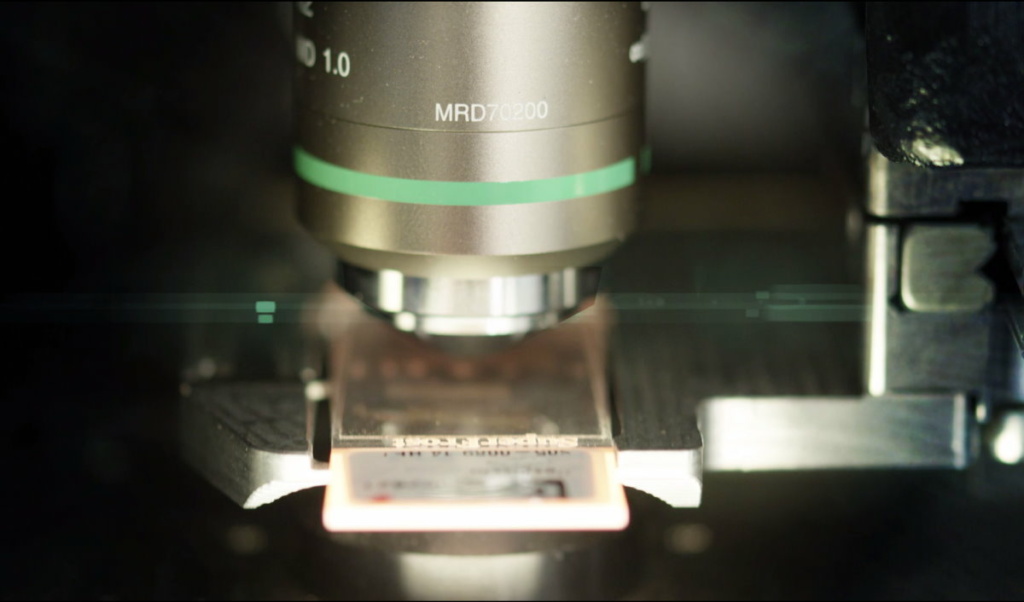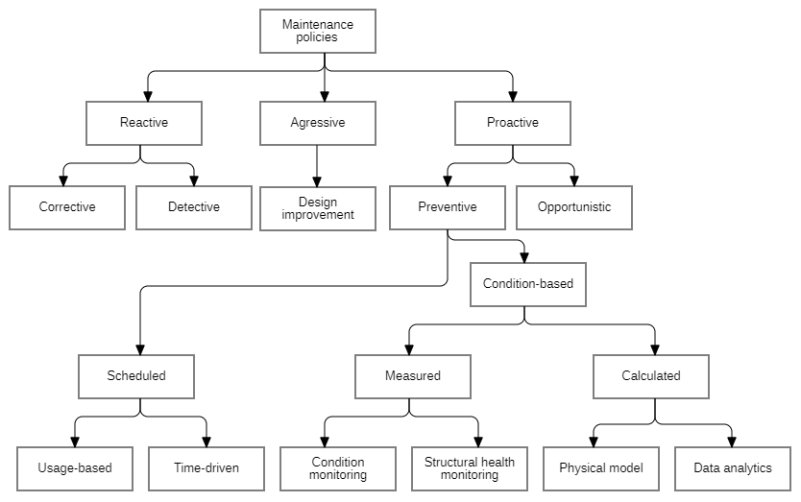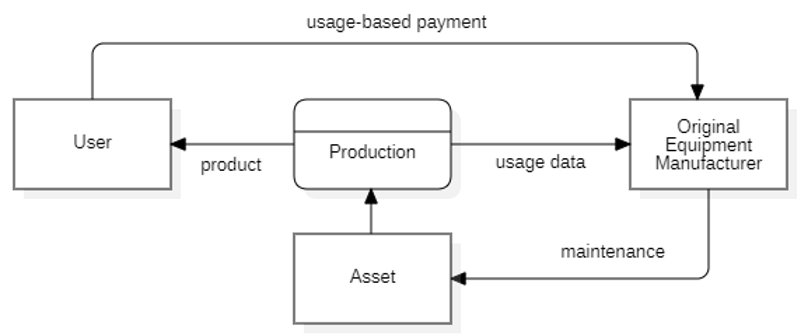
Facilitating predictive maintenance with Asset-as-a-Service
Effective and cost-effective maintenance strategies are critical for any business that relies on assets. There are several strategies, each with its advantages and disadvantages. Strategies can also be combined in a hybrid approach that strikes a balance between the frequency and impact of failure versus the complexity of implementation.
One such strategy is aggressive maintenance. It aims to improve the product design to avoid maintenance but isn’t always practical for assets deployed in the field. Reactive maintenance is performed only when a component breaks but can result in costly asset downtime.
A more efficient strategy is proactive maintenance, which includes scheduled and condition-based maintenance. Scheduled maintenance is performed based on a set schedule. Condition-based maintenance, also known as predictive maintenance, aims to foresee when a component may no longer function and proactively schedule maintenance, which helps optimize resources and keep assets running at optimal levels. Businesses can benefit from IoT and cloud computing advancements to monitor asset status and predict maintenance needs. They can avoid downtime, reduce costs and ensure their assets remain functional and efficient by choosing the right maintenance strategy.

AaaS
Predictive maintenance is a challenging strategy that isn’t easily implemented. However, it’s the way to go whenever business success relies on uptime, reliability and/or output quality.
Uptime is a crucial goal for organizations with little or no backup, such as in the semiconductor and aerospace industries. In front-end chip manufacturing, even a minor breakdown can have disastrous consequences, halting the entire production process and causing significant delays in the schedule. Given the long lead times and round-the-clock production of modern fabs, breakdowns aren’t an option. This is especially true when troubleshooting involves an equipment manufacturer located far away, leading to significant delays in issue resolution, sometimes taking days.
Reliability is a primary goal for organizations with a high impact of asset failures, such as electricity and water infrastructure, aviation and aerospace. For example, power grid operators must comply with the N-1 Criterion, a form of resilience that ensures system availability during component failure.
Output quality is a goal for high-tech companies with high production costs. For example, in a back-end semiconductor manufacturing fab, there might be sufficient backup wire bonders to catch up if one asset fails. However, if the bearing quality of the fan within a molding machine gradually reduces, temperatures across the oven may vary, resulting in decreased package quality and potential rejection of an entire batch.
One way of implementing predictive maintenance is through Asset-as-a-Service (AaaS). This is a business model in which OEMs grant their customers access to assets and maintenance services, rather than selling these outright. By leveraging IoT sensors and cloud computing, the health of assets can be monitored and it can be predicted when maintenance is needed. Thus, maintenance can be scheduled proactively, reducing the risk of unscheduled downtime and catastrophic asset failure. Additionally, the AaaS model allows for optimized asset utilization and waste reduction, making it a more sustainable approach to asset management. By adopting AaaS and leveraging predictive maintenance, OEMs can effectively manage assets for their customers, improve their customer experience and increase customer loyalty.

Big hurdles
Despite the significant benefits, some challenges still need to be addressed. In recent years, the notion of AI solving all predictive maintenance challenges thanks to increased data volumes has proven to be inaccurate. The consensus is that there are large amounts of data of ‘correct’ behavior but very little of actual faults, which is a huge hurdle for purely data-driven solutions. Subject matter experts are essential for creating a successful solution. For example, as most assets are designed with the utilization lifecycle stage in mind, they only include sensors for control and lack sensors specifically for monitoring. Focusing on the most frequent and critical faults during the design stage and including sensors to monitor these faults can hugely reduce the complexity of designing condition-based maintenance solutions.
Another big hurdle is that most of the challenges and benefits are encountered by end users. They need to take care of service, while the OEMs are responsible for engineering the asset. However, the end users aren’t always granted access to asset data, making it difficult for them to leverage predictive maintenance. At the same time, OEMs aren’t always granted access to asset data from their customers, preventing them from collecting valuable production data to produce predictive maintenance algorithms for multiple customers.
As a result, third-party sensors often need to be deployed across the fleet and data must be collected over an extended period to gather statistically verifiable information on faults. This process can be time-consuming and requires a significant investment. The sensors need to record information about the asset’s status and preferably also the manufacturing parameters. However, for security reasons, connectivity in fabs is heavily restricted, making it challenging to collect data from assets and sensors. This can seriously limit the effectiveness of predictive maintenance.
Finally, many OEMs lack a business model for predictive maintenance. Comparisons between vendors are primarily cost-driven, making it challenging to justify the investment in predictive maintenance without a clear return on investment (ROI). However, costs can be hugely reduced for both parties when successfully rolling out an AaaS solution with predictive maintenance included. Predictive maintenance can support OEMs with confident promises to their customers that their asset has a specific uptime. Conversely, customers don’t have to think about maintenance anymore and have higher asset availability.
New business models
Efficient maintenance strategies play a crucial role in building sustainable business models within the high-tech industry. Among the various maintenance approaches, predictive maintenance stands out due to its capability to proactively identify potential equipment failures. However, the implementation can be challenging. It’s crucial to set realistic goals and start small.
While aggressive and reactive maintenance strategies have been successful, maintaining a competitive edge requires adopting new business models that incorporate more efficient maintenance strategies. The industry needs to focus on developing sustainable methods for sharing maintenance-related information between OEMs and their customers. This necessitates careful consideration of available data and whether it aligns with the objectives of the proposed maintenance strategy. Ultimately, embracing more efficient maintenance strategies can help businesses stay ahead of the competition and drive growth.
Main picture credit: Sioux Technologies





